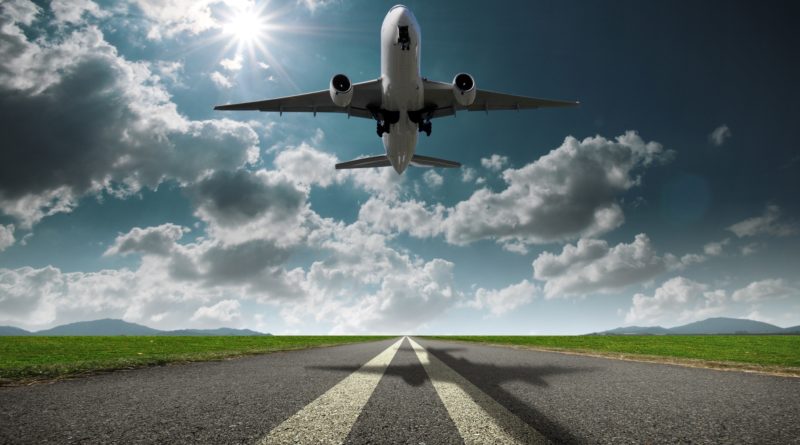These Three Flying Tips Will Lower Your Carbon Footprint
1,513 total views, 1 views today
Many, if not most, people love to travel. However, seeing the world’s most bustling cities, gorgeous oceanfronts, and stunning natural sights comes at a cost — and that isn’t just the money you spend to get where you’re going.
All travel requires transportation, and the vast majority of transportation modes available today rely on energy that emits carbon dioxide when produced. In short, although mass transportation is often touted as a way of scaling back a person’s carbon footprint, it still does emit the greenhouse gases that accelerate climate change.
Traveling by airplane is inarguably the most environmentally-damaging mode transportation mode. Sure, you can’t get from place to place even close to as quickly via other transportation modes as you can with planes, but that speed comes at great cost to the environment. One round-trip flight from New York to California emits a whopping one-fifth the amount of greenhouse gases that your car will over the course of an entire year. Think about how many planes are in the sky at any given time, and you might get a sense of the dire need for some innovation that cuts down on carbon.
Luckily, with these three tips, you can take matters into your own hands — well, kind of. Since planes are absolutely massive and you certainly don’t operate them when you fly them, there’s only so much you can do to lower your carbon footprint when you fly. Although these tips may seem like comparatively small actions to take, experts insist they do make a difference. Read on and decide for yourself:
Buy carbon offsets
When you fly, you directly contribute greenhouse gases to the environment. To lower the carbon footprint of your flying, buy carbon offsets. The money you spend to do so is invested in a carbon dioxide-saving setup elsewhere, such as planting new trees, supporting wind farms, and conserving forests. Many airlines such as Delta and JetBlue offer offsets directly to flyers. Offsets can also be purchased directly from third parties, and they usually run pretty cheap.
Fly efficient, bio-friendly airlines
Not all airlines fly equally. In 2011, some commercial airlines began to use biofuels to power their planes. These fuels, as compared to traditional fossil fuels, emit fewer greenhouse gases. Additionally, The International Council on Clean Transportation published a list earlier this decade that outlines which domestic airlines most efficiently use their fuel (meaning fewer emissions per unit of fuel used). Alaska Airlines and Spirit Airlines top the list.
Fly coach
Yes, an action as commonplace as choosing to fly coach rather than business or first class (though for many, this is less a choice than it is an economic necessity) can cut your carbon footprint. Because business and first class seat fewer people per unit of surface area as coach does, business and first class require more fuel per person transported. The World Bank estimates that business and first class are, respectively, three to nine times as carbon-unfriendly as coach.
Do you have any tips for reducing the environmental burden of your flying? How often do you fly? How else do you get around? Sound off in the comments!

